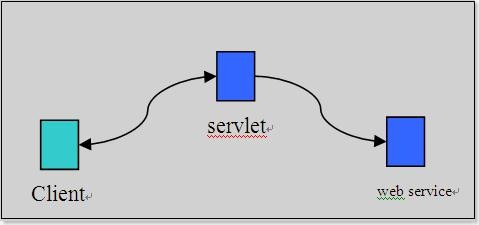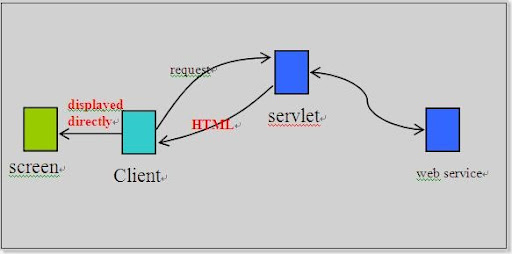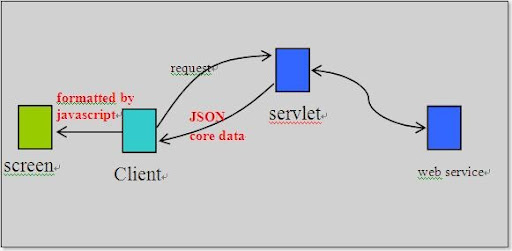I have completed a simple application which supports common web 2.0 features: rating, commenting, tagging.
Demo address is: http://156.56.104.196:8080/tagService/index_ui.html.
The basic unit in my system is called record. A record is abstraction of an object. Theoretically, it can be of any type: image, text, presentation... However, the key issue is how to present different types of records to end users. Text is easy to present and it can be displayed to users directly. For image, img element can be used but it requires that the image be stored somewhere on the website so that it can be accessed by visiting a URL. Currently, only text is supported. When a user retrieves some record, text content of that record is displayed directly in browser.
Operations:
(1) Add a new record
Users add a new record by uploading a file to server and specifying name, description and tags. Then a unique id is generated for this new record at server side.
(2) List all records
Get all records in the system.
(3) Get a record based on its id
According to record id, get corresponding id.
(4) Get records according to tag
According to user-specified tag, corresponding records are returned. Currently, users can only specify a single tag.
(5) Post comment and rating of a certain record
Users can post comments and ratings about records.
(6) Comment and rating of comment.
Besides comments of records, comments of comments are supported. It means that users can post comments about existing comments besides records.
Architecture:

Client sends request to a server which uses servlet to handles it. Then the servlet accesses a web service which provides web 2.0 functionalities.
Presentation location:
What is stored in backend database is raw data. And it does not contain information about how to present it to end users. E.g. layout, font-size...
There are two strategies to transform raw data into final presentation data: server-side servlet and client-side javascript.
(1) Server-side servlet

When servlet responds to user's request, a HTML document is returned. The HTML document does not only contains data but also contains presentation information. So it can be displayed directly. In this method, servlet formats the raw data received from web service into a corresponding HTML document.
(2) Client-side javascript

In this method, servlet just returns raw data in JSON format. It means returned data does not contain any presentation information. And client side javascript displays the raw data in a specific manner. Actually, to use this method, AJAX should be used. Object XmlHttpRrequest can be used to make asynchronous request without refreshing whole page.
Personally, I prefer the second method.
I remember there are some server-side Java libraries which can be used to make transformation execute with ease.
AJAX
AJAX is used frequently. However, the format of request is not XML. I manually compose POST query in Javascript and then send it by using XmlHttpRequest. Actually, I use application/x-www-form-urlencoded which is the default data encoding of form submission. I chose this encoding because it is simple compared to the other encoding - multipart/form-data. To make it work well, the data must be escaped.
Responses from server are in JSON format. So javascript decodes JSON string and dynamically modifies web page accordingly.
An alternative method is to use XML-RPC.
Possible future work:
(1) User management
Currently, the system is open and everyone can use it anonymously.
(2) RESTful access
(3) Support image type in presentation layer.
(4) Persistence of server data.






